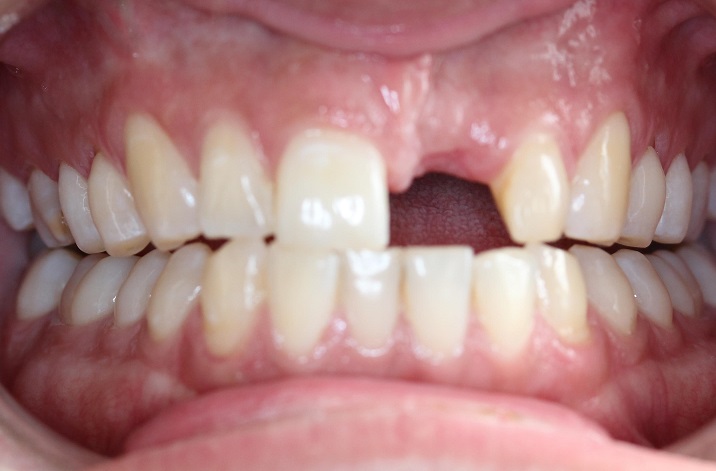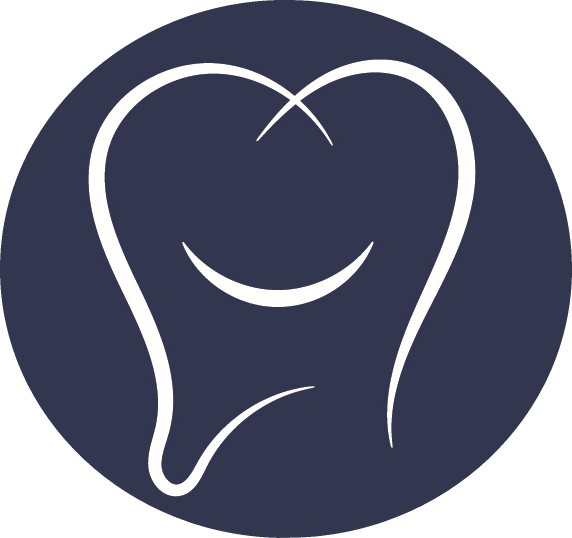
07 Mar Sporting a Great Smile
For active children and adults in high risk sports, it is a good idea to prevent injury to the teeth and jaws by wearing a mouth guard. In addition to protecting your teeth, a mouth guard acts as a cushion to prevent broken jaws, neck injuries and concussions.
At our dental office, this is the time when we see more patients coming in with sports-related broken teeth. Of the following three options, try to identify which type of patient we see most frequently:
- children
- adult males
- adult females
Working down this list logically, we know most parents will get their kids a mouth guard if it is recommended. Parents will usually buy safety equipment like a bicycle helmet or shin guards for their kids, so it is no different when it comes to a mouth guard.
And let me know when you meet a healthy, active female who has no regard for the look of her front teeth.
The adult male who has played hockey their entire life is by far the most common patient to come in with a broken tooth from an errant stick or puck. Second is the adult male who skis and snowboards every weekend. Guys who play lacrosse, basketball, soccer, football and rugby also show up with these types of injuries.

As a dentist, it can be a frustrating situation because these guys are not oblivious to the risk of injury. They wear helmets, shoulder pads and cups. But for some reason, this line of thinking does not extend to the mouth. A lot of these injuries can be prevented.
The best case scenario for broken teeth is that they can be fixed with a filling. In most cases, the teeth may need root canal treatments and crowns. Sometimes the teeth cannot be fixed, in which case they will be pulled and need to be replaced.
The cost of any treatment to fix your teeth is far greater than that of a mouth guard.
And that is true even if you replace a custom mouth guard every few seasons. With that in mind, believe me when I say your dentist will not mind fixing your broken teeth or jaw because of your own neglect.
So if any of this makes sense to you, here is some more information on mouth guards.
There are 3 basic types of mouth guards:
- Stock mouth guards – inexpensive and come ready to wear. They can be bulky and can make breathing and talking difficult.
- Boil-and-bite mouth guards – they can offer a better fit than stock mouth guard.
- Custom-fit mouth guards are made especially for you by your dentist. They are more expensive than the other types, but they offer better fit and protection.
A properly fitted mouth guard must be protective and comfortable. They should not be bulky because that will interfere with speaking and breathing. An ill-fitting mouth guard may be worse than no mouth guard at all because not only will you stop wearing it, you will resent wasting your money on it.
Tips for Maintaining Mouth Guards
Clean the mouth guard after each use with mild soap and a soft toothbrush to remove bacteria. Avoid using mouthwash or toothpaste to clean the mouth guard.
Rinse well after cleaning and air-dry. It is preferable to lay the mouth guard with the indentations facing downward.
Do not chew on the mouth guard, as it will affect the fit and make it less effective. Pro athletes are the worst culprits for this but they likely get their mouth guards replaced frequently.
For children, mouth guards should be replaced as their teeth and mouth undergo changes.
Store in a rigid container and in your gym bag so you have it with you when you play.
Phuong Luu, DDS


